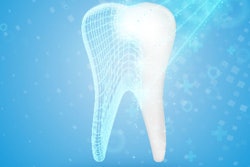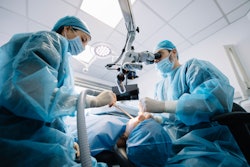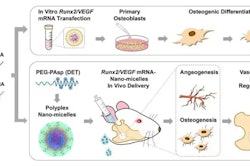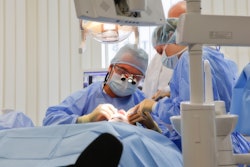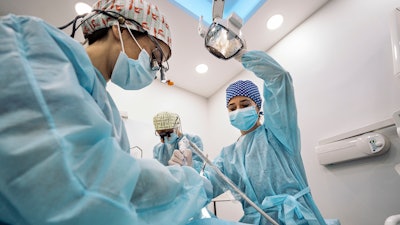
Researchers have developed a new technique to synthesize amorphous calcium phosphate (ACP) bone graft particles derived from eggshells, according to a recent study published in Smart Materials in Medicine.
Ultimately, the development could lead to an unlimited supply of bioactive and sustainable bone graft materials while reducing environmental pollution, according to the authors.
"Eggshells is an ideal raw material to synthesize bone graft materials, as it contains plenty of calcium and phosphorous components,” first author Dr. Qianli Ma of the University of Oslo in Norway, said in a news release. "In addition, some trace elements associated with bone regeneration, such as magnesium and strontium, are also found in eggshell."
Globally, about 2 million bone grafts are performed each year in dental, plastic, and orthopedic surgeries. While autologous and allogeneic bone grafts are considered the gold standard when it comes to reconstructing bones, a limited supply, donor site complications, and risk of disease transmission have deterred their widespread use, the authors explained.
Another option, using commercialized xenograft materials prepared from mammalian tissue, also involves environmental pollution and potential ethical issues, especially in underdeveloped areas, the research group added.
In the study, the researchers aimed to develop an alternative to these techniques and explored a dissolution-precipitation method that converts eggshells into endotoxin-free and immunocompatible ACP particles (Smart Mater Med, April 6, 2023, Vol. 4, pp. 522-537).
Further, the team established a novel 3D spheroid model for studying the osteogenic activity of eggshell ACP in vitro. In the model, ACP materials were observed to interact with osteoblasts more realistically, and they were safe, cell friendly, and effective in promoting bone regeneration, the authors wrote.
"The osteoblastic spheroids constructed in the present study provide a more practical model for biomaterial research, which reflect the three-dimensional interaction between host bone tissue and graft materials more realistically," the group concluded.




